Keystone Ecology
Keystone Habitats
Keystone – making ecology our business
Keystone Marine
Our marine ecological consultancy services include seabed, intertidal and sub-tidal surveys, seabed sampling, biotope surveys and mapping, marine mammal and bird surveys, plankton, fish and benthic surveys, GIS Mapping, Ecological Impact Assessment and the design and implementation of Mitigation, Monitoring and Management Plans.
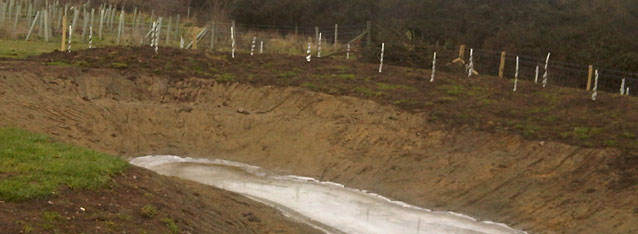

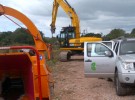
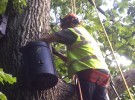

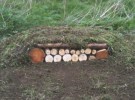
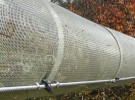
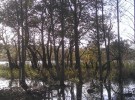

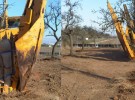
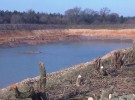


Great Crested Newt Mitigation for Quarry Extension
Cemex
Keystone Habitats were appointed to deliver a European Protected Species (EPS) licensed mitigation strategy for Great Crested Newts at a proposed quarry extension to Wickwar Quarry, South Gloucestershire.
What did we do?
How did we do It?
What were the outcomes?